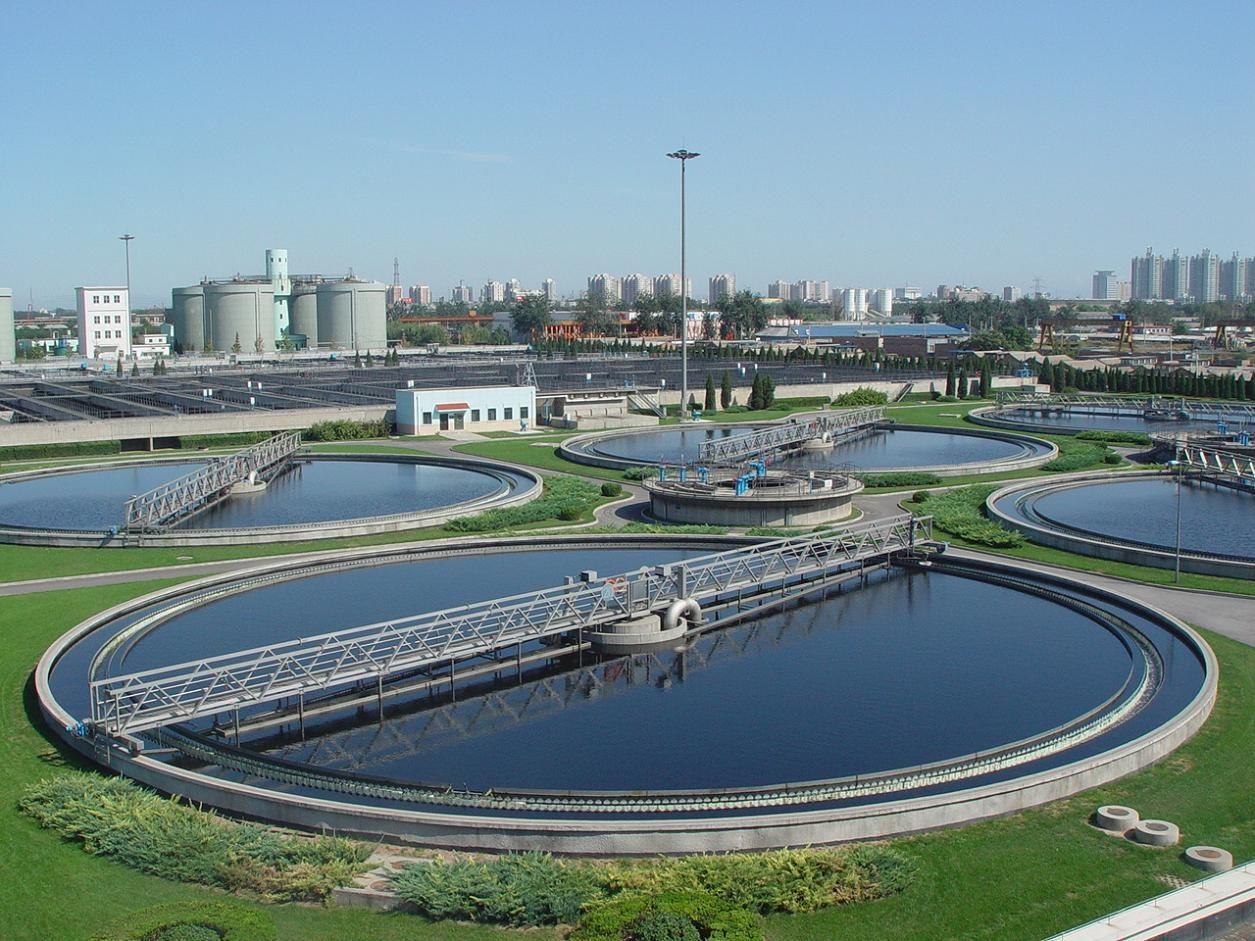Application of nitrogen in wastewater treatment
Nitrogen plays an irreplaceable role in several key stages of wastewater treatment.

On the vast “battleground” of wastewater treatment, there is a discreet but indispensable “invisible guardian” – nitrogen. It is not as conspicuous as pollutants in wastewater, nor as massive as treatment equipment, but with its unique properties, it plays an irreplaceable role in multiple critical stages of wastewater treatment. Let's unveil the role of nitrogen in wastewater treatment and explore how it protects our water environment.
Basic Characteristics of Nitrogen
Nitrogen is the most abundant gas in the air, accounting for approximately 78% of its volume. It is a colorless, odorless, and chemically relatively stable inert gas. Under normal temperature and pressure, nitrogen does not react chemically with most substances, a property that makes it an ideal “safe gas” and functional medium in many industrial and environmental fields. It is precisely these stable properties that lay the foundation for its extensive application in wastewater treatment.
Core Applications of Nitrogen in Wastewater Treatment
Sludge Treatment and Disposal
Sludge is a solid or semi-solid substance produced during the wastewater treatment process, containing large amounts of harmful substances such as organic matter, pathogens, and heavy metals. If not properly treated, it can cause secondary pollution to the environment. In sludge treatment, nitrogen is often used in the anaerobic digestion process of sludge. In the anaerobic digester, microorganisms decompose organic matter in the sludge under anaerobic conditions, producing biogas (mainly methane and carbon dioxide). The role of nitrogen is to create and maintain a strictly anaerobic environment, preventing oxygen entry that could inhibit microbial activity or lead to other unfavorable oxidation reactions, thereby ensuring the smooth progress of anaerobic digestion and improving biogas yield and quality. Furthermore, during sludge storage and transportation, filling storage containers or transportation equipment with nitrogen can prevent sludge from deteriorating or producing foul-smelling gases due to contact with air, reducing pollution to the surrounding environment.
Preventing Equipment Corrosion
Wastewater treatment plants contain a large number of metal equipment, such as pipes, reactors, and pumps. These equipment are exposed to wastewater, sludge, and various chemical agents for extended periods, making them susceptible to corrosion. Wastewater contains various electrolytes and dissolved oxygen, which accelerate the electrochemical corrosion of metals. Nitrogen can act as a “protective shield” for equipment by flushing out air and reducing oxygen content inside the equipment, thereby effectively inhibiting oxidative corrosion of metals. Taking wastewater pipes as an example, in some newly constructed or repaired pipelines, replacing the air inside the pipes with nitrogen can significantly extend the service life of the pipes and reduce maintenance costs and water outage risks caused by equipment corrosion.
Dissolved Air Flotation (DAF) Process
Dissolved air flotation (DAF) is an important separation technology in wastewater treatment, often used to remove suspended solids, colloidal substances, and some organic matter from wastewater. Its principle involves injecting a large number of tiny bubbles into the wastewater, causing these bubbles to attach to pollutant particles, forming gas-solid or gas-liquid mixtures with a density less than water, thus allowing them to float to the surface for separation from the water. Nitrogen is often used as a gas source in the DAF process, and compared to traditional air flotation, nitrogen flotation offers numerous advantages. Due to nitrogen's stable chemical properties, it does not react with certain substances in wastewater like oxygen in the air, avoiding adverse effects on treatment efficiency due to oxidation. Simultaneously, nitrogen flotation produces more uniform and finer bubbles, which can better combine with pollutant particles, improving flotation efficiency and separation effectiveness, especially suitable for treating wastewater that is sensitive to oxidation or contains easily oxidizable substances.
Assistance in Biological Denitrification Process
Biological denitrification in wastewater treatment aims to convert nitrogen-containing pollutants (such as ammonia nitrogen, organic nitrogen, etc.) in wastewater into nitrogen gas through the action of microorganisms. In the denitrification stage of biological denitrification, denitrifying bacteria, under anoxic conditions, use organic matter in wastewater as a carbon source to reduce nitrate nitrogen and nitrite nitrogen to nitrogen gas. Although the final product is nitrogen gas, in actual operation, an appropriate nitrogen environment helps maintain the balance of the denitrification reaction. For example, by controlling the aeration system to reduce oxygen supply, and simultaneously utilizing the presence of nitrogen in the water body, a relatively anoxic environment can be created, providing suitable survival and metabolic conditions for denitrifying bacteria, thereby promoting the smooth progress of the denitrification reaction and improving the nitrogen removal efficiency of wastewater.
Future Outlook for Nitrogen Applications
With the continuous development of wastewater treatment technology and increasingly stringent environmental standards, the application of nitrogen in the field of wastewater treatment is expected to further expand and deepen. On one hand, as demands for wastewater treatment efficiency and quality...
Other areas
Oil storage and pressurized pipeline cleaning and purging of oil and gas wells, nitrogen sealing, nitrogen displacement, solvent recovery.
Used for food preservation and grain storage, pest control, food drying and sterilization, quick freezing of food, etc.
Provide the necessary gas raw materials for the preparation of new energy materials, battery production, and create an inert gas environment.
Ensure the manufacturing of electronic components and the stable operation of equipment, providing gas support for maintenance, combustion assistance, cooling, and other aspects related to thermal power generation equipment.
Nitrogen generator: Prevents oxidation, inhibits bacterial growth, and produces odors in biopharmaceuticals, providing protection throughout the process. Oxygen generator: Provides an oxygen-rich environment.
When signs of fire occur in the goaf or other locations, nitrogen injection is needed for fire prevention. The nitrogen device is lowered into the mine. It is used for annealing protective gas and sintering.
Used in the aerospace composite field, providing the necessary inert atmosphere for the molding and reinforcement processes of large carbon fiber composite wings.
Provide protection for the safety of oil and gas reserves, prevent oxidation, nitrogen sealing, and ensure dust suppression, fire prevention, and nitrogen sealing for coal reserves.

